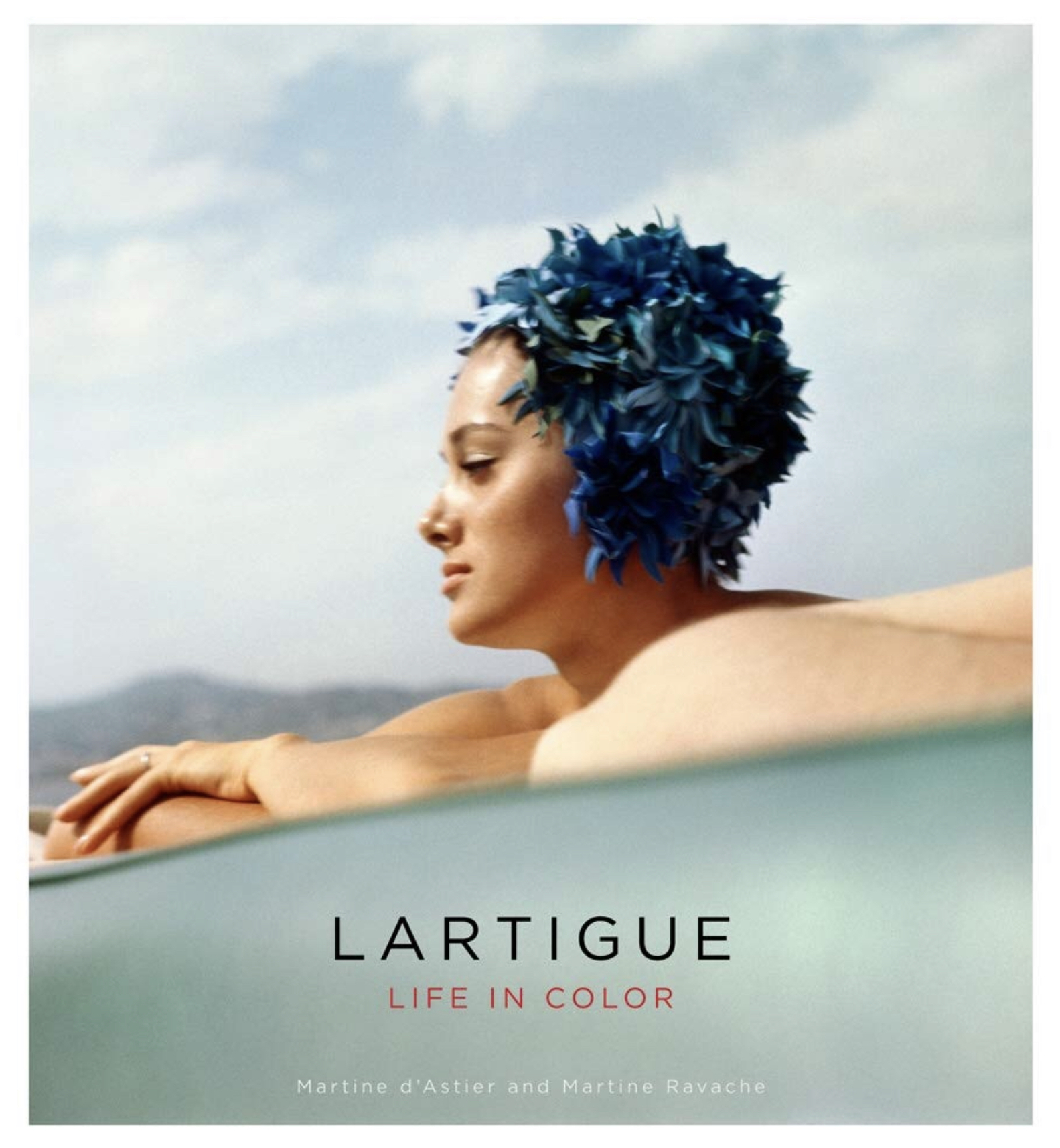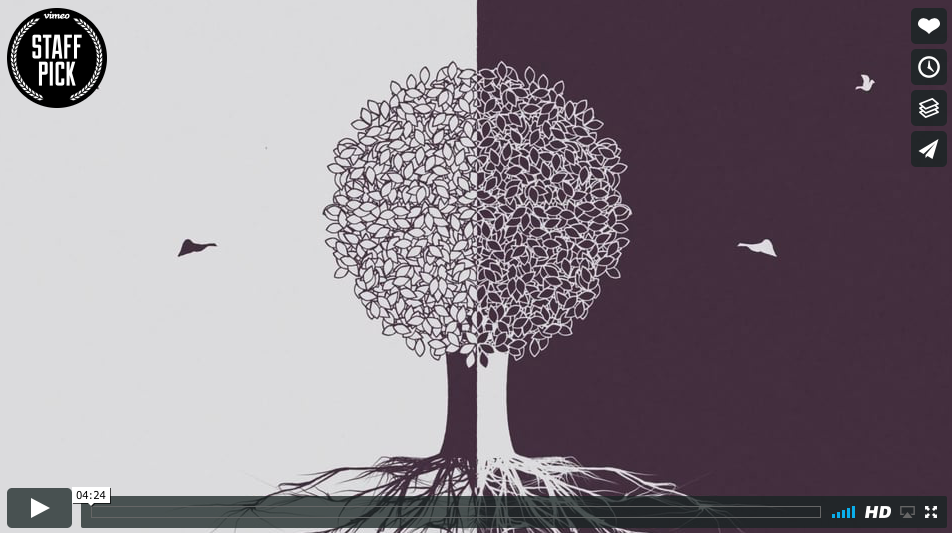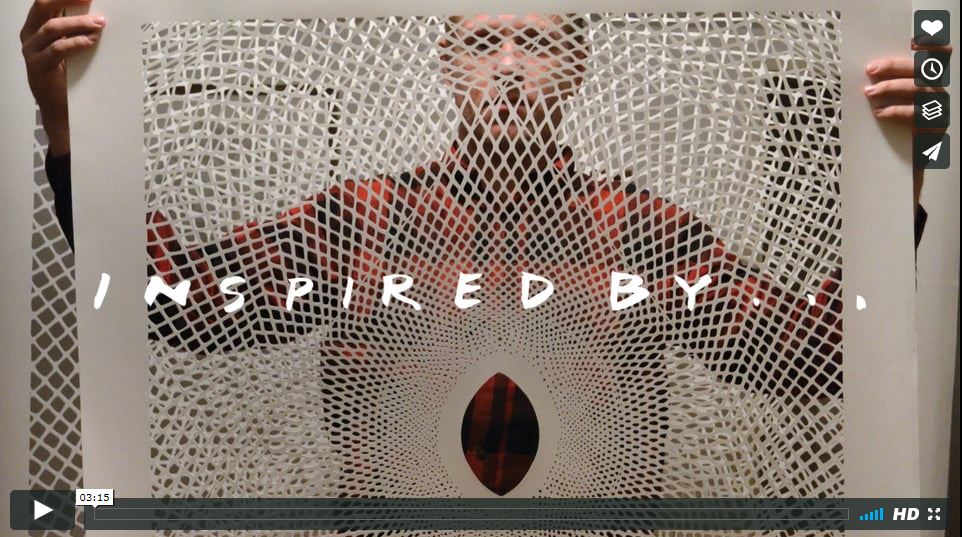I started a new job with Microsoft a few weeks ago – which I briefly mentioned in my Coachella post. My title, UX Designer, is a little difficult to explain. To help my friends and family understand what it is that I do, I thought I would post some descriptive information. User experience design (as a discipline) is described in the following summary written by Kirk Knemeyer and Eric Svoboda (see the citation below).
“User Experience”, often abbreviated “UX”, is the quality of experience a person has when interacting with a specific design.
Originally used in reference to human-computer interactions – and still largely associated with those disciplines – the term is now used to refer to any specific human-design interaction, ranging from a digital device, to a sales process, to an entire conference. Perhaps due to its organic development and lack of formalization, “User Experience” may be defined by, and the responsibility of, very different departments from organization to organization: in some organizations, it is owned by marketing; in others, it falls under information technology (IT). Then, from a solutions perspective, some organizations base their “User Experiences” around the research and academic-based approaches of human-computer interaction (HCI); others treat interface and/or product design as the source for “User Experience,” while still others let marketing or IT drive it.
An early example of the use of the word “User Experience” is E.C. Edwards and D.J. Kasik’s “User Experience With the CYBER Graphics Terminal”. Subsequently, there are numerous other examples of “User Experience” in use through the late 1970’s and early 1980’s, largely restricted to the human-computer interaction communities and particularly in the context of user-centered design (UCD).
“User Experience” was popularized by Don Norman’s self-selected title of User Experience Architect at Apple Computer, Inc. in 1993. Because of Norman ‘s status as a thought leader in the HCI community, this unconventional title raised awareness of the term. By the mid-1990s, many technology companies used the term to represent a commitment to and focus on higher quality human-computer interactions as a key product differentiator. As the dot.com technology boom reached its apex in 2000, a variety of books that included “User Experience” in the title – almost exclusively focused on elements of web design – were published.
During its growth in the 1990’s “User Experience” suffered from confusion due to the popularity of two other, similar terms, “User-Centered Design” (UCD) and “Experience Design.” Over time, UCD has been further clarified as a specific process and approach to product design, while Experience Design has largely shifted to describe a hybrid design discipline that focuses on environmental and multi-sensorial design, particularly in the context of digital displays and installations.
In recent years, “User Experience” has transcended simple interactions within computing environments and is used as a qualifier for various on- and offline experiences, ranging from person-to-person interactions, such as customer service, as well as analogue products such as the automobile. Many companies today have “User Experience” teams and departments, and the term has assumed a broader meaning. An industry association, the User Experience Network (UXnet), is dedicated to furthering this emergent discipline. User experience has thus evolved from HCI to broader issues of customer satisfaction and competitive differentiation, suggesting that it will remain a pertinent issue for design and business in the future.
Knemeyer, Dirk and Svoboda, Eric (2005). Interaction-Design.org Encyclopedia: User Experience – UX. Retrieved May 25, 2006 from Interaction-Design.org: http://interaction-design.org/encyclopedia/user_experience_or_ux.html


![Postcard collection from Expo 67 [repost]](https://www.joehallock.com/wp-images/2017/07/expo67_077.jpg)


Leave A Comment